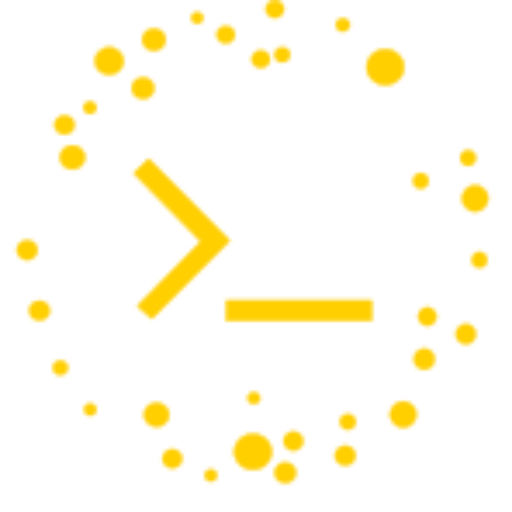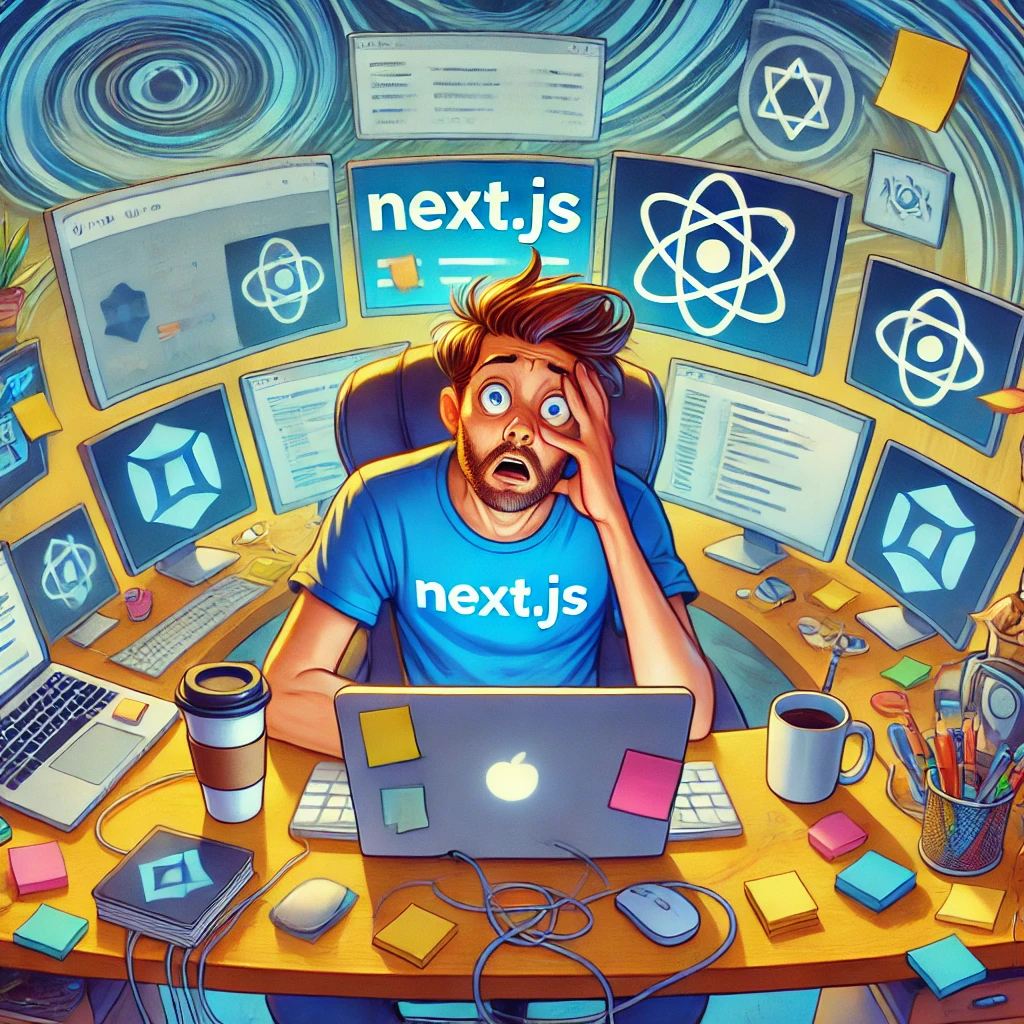Ah, the life of a developer. One minute, you’re happily writing solid, battle-tested code; the next, you’re questioning all your choices because Twitter (or should I say X?) is raving about the next big thing in tech.
We’ve all been there. A new framework, programming language, or paradigm emerges, promising to revolutionize the way we code. You tell yourself you’re not going to fall for it this time. But before you know it, you’re knee-deep in tutorials, rewriting your personal projects again, and wondering if your current stack is now obsolete.
Welcome to the Trends Trap, my friends. Let’s take a funny, yet painfully relatable look at how developers keep getting sucked into the cycle.
🚀 The Hype Cycle of a Tech Trend
1. The Birth of the Hype 🌱
It starts subtly. A few tweets here, a Medium article there. Someone claims, “This new framework makes React look like a dinosaur!” (Meanwhile, React was the thing just yesterday.)
A couple of influencers post videos titled “Why I’m Dropping [Current Stack] for [Shiny New Toy]”, and suddenly, it’s all over your feed. You see GitHub stars skyrocketing.
You tell yourself, “Meh, just another trend, I’ll stick to what works.”
2. The FOMO Kicks In 🔥
A week later, the tech YouTubers have switched to full-time evangelism mode.
“You’re still using Vue? Dude, everyone’s moving to SvelteKit.”
“You use Express? You should try Bun, it’s like… 10x faster!“
You begin questioning your life choices. Are you already outdated? Will recruiters even look at your resume if it doesn’t mention the new hotness?
You decide to “just take a look.” That’s how it always starts.
3. The Deep Dive (a.k.a. The Obsession) 🌊
Your search history now consists of:
✅ “How to migrate from [Old Tech] to [New Tech]”
✅ “[New Tech] vs. [Old Tech]: Which one is better?”
✅ “Is [New Tech] production-ready in 2025?”
You’ve gone beyond the tutorials. You’ve joined the Discord community. You’ve started advocating for it at work, even though you’ve barely used it yourself.
You’re in deep.
4. The Inevitable Reality Check 💀
After a few months (or weeks, if you’re quick), reality sets in.
- That “game-changing” framework? It still has breaking changes every minor release.
- That language? It looks great, but the ecosystem is still catching up.
- That tool that was “10x faster?” Yeah, it turns out those benchmarks were running on an empty loop.
Eventually, you start missing the boring but stable tools you once loved.
And just as you’re about to crawl back to your old setup… a new trend emerges.
🏆 Why Do We Keep Falling for It?
- Developers love shiny things. New tech feels exciting!
- The tech industry thrives on change. If everything stayed the same, conferences wouldn’t sell tickets.
- FOMO is real. No one wants to feel like they’re the only one left using “old” tech.
- Some trends are actually useful. (Just not all of them.)
🤔 So… Should We Ignore Trends?
Not at all! Following trends can help you grow as a developer. The key is balance:
✅ Test trends, but don’t blindly switch. A framework being hyped doesn’t mean it’s the best for your project.
✅ Use proven tech for production. Stability > Hype.
✅ Be mindful of the cycle. Trends come and go—only a few become industry standards.
🔥 Final Thought: Build More, Hype Less
At the end of the day, code is a tool to build things. No matter what’s trending today, the real winners are the ones who actually ship products—not those constantly rewriting them for the latest framework.
So next time you hear “Dude, you still use Next.js? Everyone’s moving to [New Thing]”—just smile, nod, and keep coding.
What’s the funniest trend trap you’ve fallen for? Let me know in the comments!


Leave a Reply